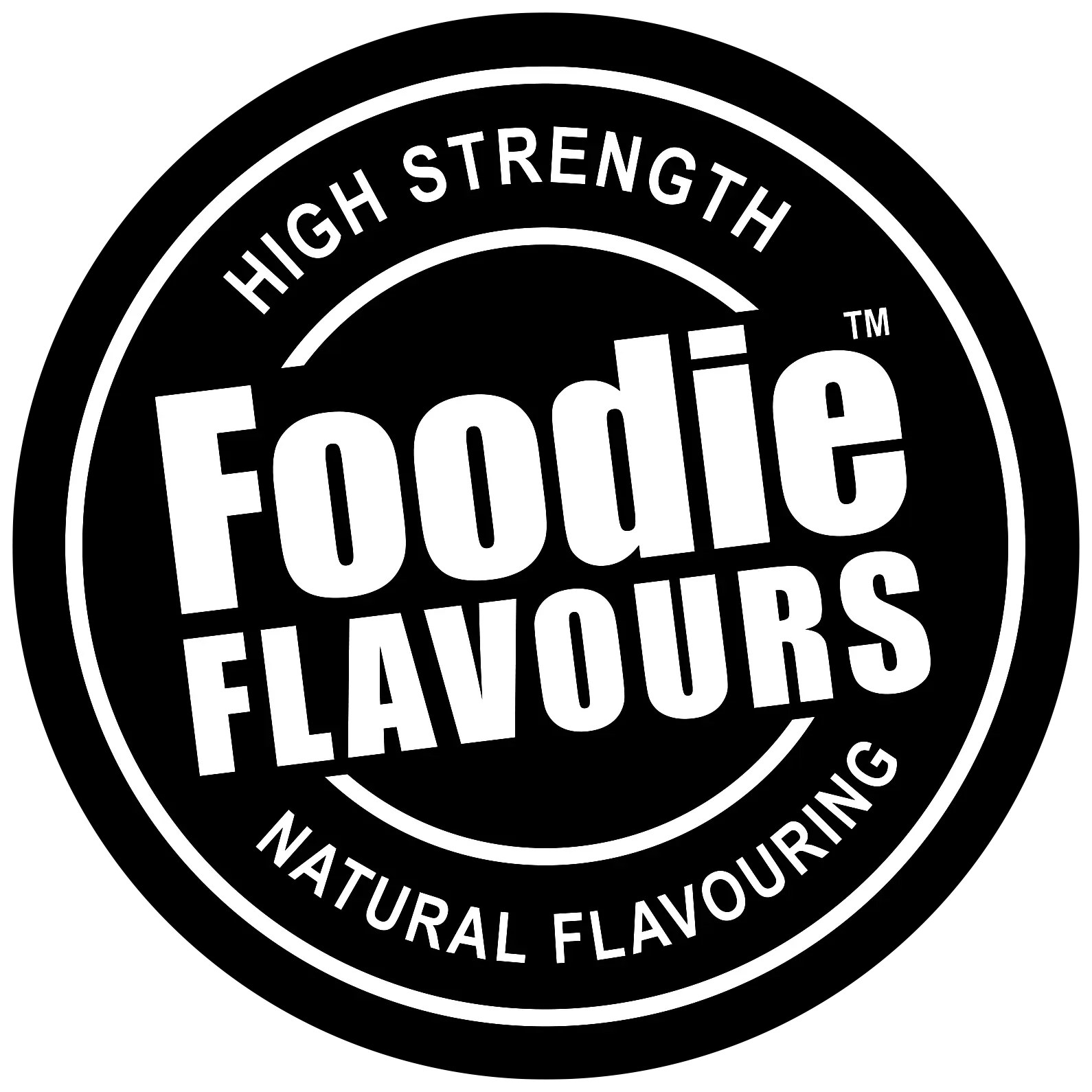Please remember our flavours are ‘high strength’ so only a few drops are usually needed. As a guide measure start with a dose rate of around 0.15%. For example for 1 kg of product you might start with 1.5 grams (approx. 20 drops) of flavouring and for 100 grams of product you might start with 0.15 grams (approx. 2 drops) . Increase or decrease according to required taste. Some flavours may have a ‘Do not exceed’ maximum dose rate which is printed on the bottle labels or included in the MSDS data sheets, please keep this limit in mind when calculating your dose rate.
To help you dispense drops of flavour, our 15ml bottles have a built in dripper. If the flavour does not flow when holding the bottle down at an angle, then try completely inverting the bottle and wait for the first drop to come through – after this first drop you will usually find further drops come through at a more regular speed.
Remember that our flavours have no added sugars or sweeteners, they are not syrups but are manufacturing grade professional flavours. Therefore if you are adding our flavours to food or drinks that are not already sweetened (eg. dairy, yoghurt or drinks) you may need to add a sweetener to some flavours to bring our the flavour to your taste. An example of such a recipe is ‘Cherry Flavours Yoghurt‘ where honey is used.
It is recommended that the flavouring is added to a wet ingredient, if possible, to help it spread throughout the food product. You could also add the flavouring to a small amount of water to dilute it then add this solution to your recipe.
When Baking or Cooking
As a general guide you will need to use more Foodie Flavour in baked or cooked products. It is recommended you make trial batches of your products with Foodie Flavours to see what dose suits your particular processing. For example for baked products make up small biscuits or cakes to determine how well the dose of flavouring responds to baking. When baking some of the flavour may ‘flash off’ due to heat, so you may need to increase the dose to compensate.


